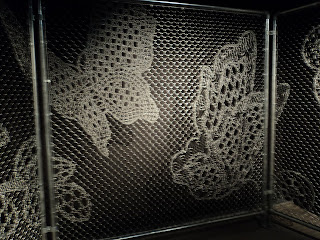Bill Moggridge talks about what design is in general ranging from architecture to graphic design to fashion to interaction design and interior design. He talks about some of the processes and what is changing in design. Moggridge demonstrates how without bad design we wouldn’t be able to identify what a good design it. Examples of good and bad designs are shown as the video demonstrates how bad designers do not understand the design process. The key factors in the design process are understanding people and prototyping.
Understanding people: design starts with the people part of the design then come towards the solution for business and technology from a people pint of view to get good innovation. It is important to design for other people and not for one’s self.
>> Ways to find out the needs and wants of people include:
- Learn -analysing information that you have collected
- Observational
- Asking –engaging people
- Try -experiment, build it yourself
>> Prototyping can be a sketch, an enactment etc
- Inspire
- Evolve
- Validate
Moggridge talks about the way design has been changing also know as expanding contexts which include individual people, the built environment and the world that surrounds us all together. Designers used to be concerned with designing things and actual products, however, there has been a change in the context which has expanded to looking at people in a whole-istic way- thinking about health and wellbeing.


















































